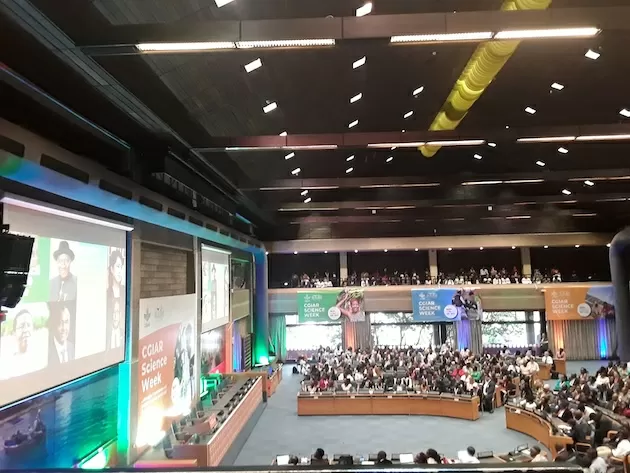The world’s top scientists and decision-makers in agriculture, climate, and health are gathering in Nairobi this week for an important summit. Their goal is to promote innovation and partnerships in order to create a more sustainable and secure future for food, nutrition, and climate. With the current agrifood systems facing numerous challenges, it has become increasingly urgent to address the issue of global hunger. According to recent statistics, nearly one in 11 people around the world and one in five people in Africa suffer from malnutrition and hunger on a daily basis. In light of this alarming reality, this meeting is a crucial step in finding solutions and creating a better world for all.
The summit, organized by the Food and Agriculture Organization (FAO) in collaboration with several other organizations, is a platform for experts and leaders to come together and explore ways to improve the current agrifood systems. By harnessing the expertise of leading scientists and decision-makers, this gathering aims to create pathways for sustainable food production, improved nutrition, and a resilient climate.
The challenges facing our agrifood systems today are multifaceted. Climate change, population growth, and economic instability are just some of the factors that have put immense pressure on our global food supply. In order to tackle these issues, it is imperative to bring together experts from various fields to collaborate and exchange ideas. This summit provides the perfect opportunity to do just that.
One of the key focus areas of the summit is to explore innovative techniques and technologies that can make our agrifood systems more resilient and productive. The use of precision agriculture, advanced irrigation techniques, and digital farming are some of the cutting-edge solutions that will be discussed. These advancements have the potential to not only increase food production but also reduce the negative impact of agriculture on the environment.
Additionally, the summit will also focus on promoting partnerships between various stakeholders in the agriculture, health, and climate sectors. By bringing together governments, NGOs, corporations, and other key players, we can create a more coordinated and effective approach to addressing the challenges facing our agrifood systems. This collaboration is crucial to achieve the desired results and create a more sustainable and secure future for all.
The issue of hunger and malnutrition is a global problem that requires a global solution. This summit recognizes the fact that nearly 820 million people do not have enough to eat, and over 150 million children suffer from stunted growth due to malnutrition. In Africa, the numbers are even more staggering, with one in five people facing chronic hunger and malnutrition. It is time for us to come together as a global community and work towards a world where no one goes to bed hungry.
The summit in Nairobi is an important step towards achieving the UN’s Sustainable Development Goal of Zero Hunger by 2030. It aligns with the FAO’s vision of a world free from hunger, where all people have access to safe, nutritious, and sufficient food. By addressing the root causes of hunger and malnutrition, we can create a ripple effect that will improve the lives of millions of people worldwide.
The meeting in Nairobi also recognizes the impact of climate change on our agrifood systems. As global temperatures continue to rise, our food production is becoming increasingly vulnerable. This is why it is imperative to find solutions that not only address hunger and malnutrition but also consider the long-term impact on our planet.
In conclusion, the summit in Nairobi is a beacon of hope for a more secure and sustainable future. By bringing together leading scientists and decision-makers, this gathering has the potential to drive real change and create a world where everyone has access to nutritious food. Let us all work towards a food, nutrition, and climate-secure future, where no one goes hungry.



